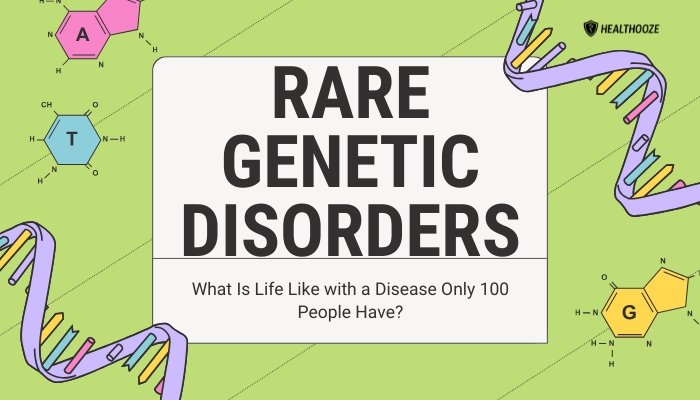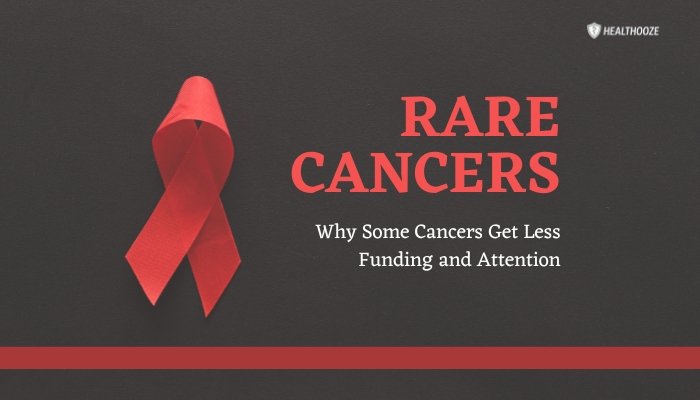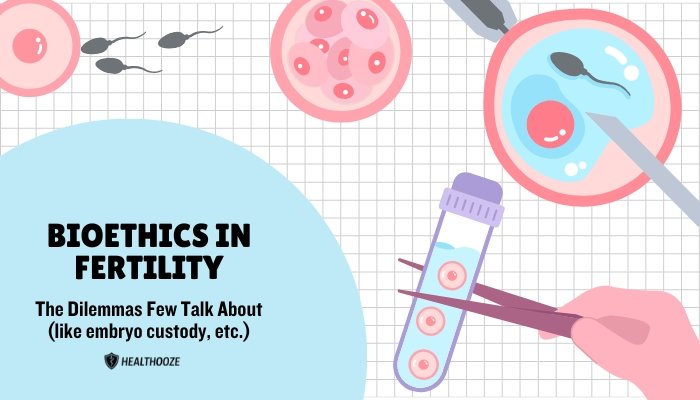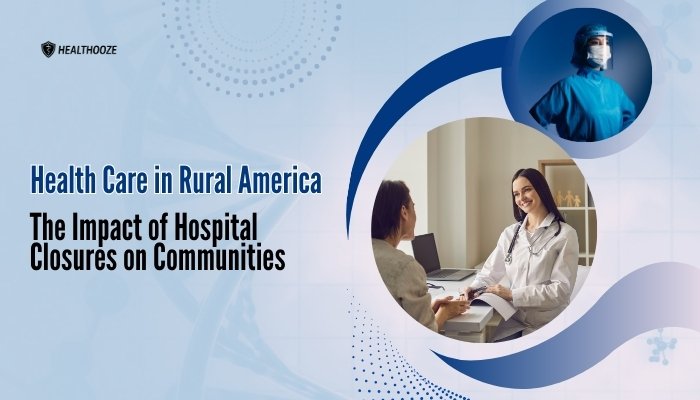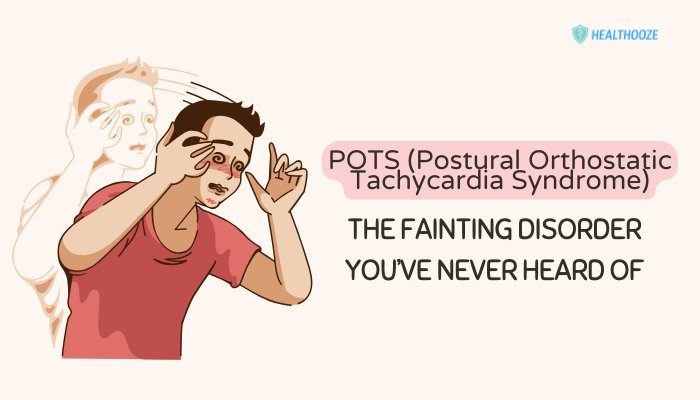Introduction
Picture hearing from your doctor that the condition shaping your life, perhaps from childhood, affects only about 100 people in the entire world. You can’t turn to any neighbors or classmates who share the same diagnosis—chances are, none have ever heard of it.
Major hospitals might struggle to find specialists who truly understand the disorder. And in most medical textbooks, it garners only a passing mention, if at all. This is the reality faced by individuals with ultra-rare genetic disorders, sometimes referred to as orphans of the orphan diseases.
For anyone coping with a medical condition, having peers who relate to the same experiences is invaluable. But with a disorder this uncommon, connections may be scattered across continents. It can take years to even name the condition, let alone find robust treatment protocols or research studies.
Yet for these individuals, forging a path forward is about more than battling unusual symptoms—it also involves persistent advocacy, building micro-communities, and navigating uncharted medical territory.
This article delves into what day-to-day life looks like for those living with an illness so rare that a mere 100 others share it worldwide.
From the diagnostic odyssey and daily challenges to emotional resilience, family support, and the promise offered by modern research, we’ll explore how patients and their loved ones persevere in the face of extraordinary health trials.
Understanding Rare Genetic Disorders
Inheriting a Tiny Genetic Twist
A genetic disease arises when a mutation or anomaly disrupts normal gene function, influencing the body’s physical, metabolic, or developmental processes. While some gene variations are common or only mildly harmful, others are so rare that only a handful of documented cases exist worldwide. These can affect everything from bone structure and muscular function to neurological or immunological systems.
The Orphan Disease Category
Medical professionals consider a condition “rare” if it affects fewer than 200,000 individuals in the United States, or a similarly low threshold in other countries. But even among rare diseases, a small fraction is ultra-rare—numbers so minuscule that many general practitioners never encounter a single case in their entire careers.
- Low Awareness: Specialists might only see one or two patients with the disorder, or rely on case studies from overseas.
- Sparse Data: With extremely limited patient numbers, large-scale clinical trials are impractical, complicating the pursuit of standard treatments.
Complexity and Variation
Not all patients experience the same severity. Genetic diseases vary widely in presentation: some forms appear at birth with distinctive symptoms, while others remain unnoticed until adolescence or adulthood. Environmental factors, personal health habits, and genetic background can further influence the disease course, generating a broad spectrum of possible manifestations, even in a tiny patient population.
The Diagnostic Journey
Early Clues and Dismissals
In many cases, families notice anomalies in infancy or childhood—unexplained developmental delays, frequent infections, or puzzling physical features. Because physicians rarely suspect an obscure condition, early symptoms might be labeled normal variation or wrongly attributed to more common ailments.
Parents might run from specialist to specialist, describing how their child’s body doesn’t quite match typical patterns. Repeated medical tests could come back inconclusive, leading them to wonder if they’re imagining the severity or if doctors think they’re overreacting. This cycle of “search and dismiss” can persist for months or years, eroding trust in the healthcare system.
The Role of Genetics
Eventually, a geneticist or research-oriented hospital might suggest advanced testing—like exome or genome sequencing—to pinpoint molecular anomalies. Upon discovering a novel or incredibly rare mutation, the relief of having a name for the condition can be immense. Yet relief often mingles with fear when families realize how limited the knowledge base is.
- Medical publications: Some families cling to a handful of case studies, gleaning any hint of management strategies.
- Experts Abroad: They may contact labs or hospitals thousands of miles away, seeking a single researcher who’s encountered the same gene variant.
Emotional Whirlwind
Finally receiving a diagnosis can trigger both comfort—knowing it’s a real condition rather than “mysterious ill health”—and new anxiety about the future. Is there a definitive treatment? Will symptoms worsen? What about schooling or life expectancy? The rarity means few concrete answers are readily available.
Daily Challenges and Adaptations
Physical Limitations
An ultra-rare genetic disease might involve:
- Mobility Issues: Joint deformities or muscle weakness necessitating wheelchairs, braces, or physical therapy.
- Sensory Constraints: Hearing or vision deficits requiring specialized equipment.
- Metabolic Constraints: Strict diets or medication regimens to avert dangerous metabolic crises.
Patients and families often adopt meticulous routines—timing medicines, scheduling therapy appointments, measuring growth or function changes, staying vigilant for symptom flares.
Constant Medical Oversight
- Frequent Checkups: Regular labs and imaging track disease progression or watch for new complications.
- Hospitals as a Second Home: Surgeries, transfusions, or emergency visits might become an expected part of life.
- Remote Care: If specialists are located in large research centers, families might rely on telemedicine or endure cross-country travel to consult the one doctor who’s studied the condition.
Societal Misunderstandings
Having an unrecognized or invisible disease can lead to inadvertent or overt insensitivity from acquaintances who wonder why a person “seems fine” or questions why they require special accommodations. People with ultra-rare conditions might:
- Face ignorance or disbelief if their symptoms appear unpredictable.
- Encounter trouble explaining the disease’s complexity in brief encounters, such as in a workplace or at school.
- Manage stigma or labeling from those who misunderstand the condition’s nature and seriousness.
Financial and Logistical Burdens
- Medical Expenses: Insurance coverage for experimental therapies or frequent hospital stays may be inconsistent.
- Equipment Costs: From specialized wheelchairs to custom orthotics, adaptive technologies can be expensive.
- Travel Logistics: Being forced to relocate or take repeated long trips for specialized care disrupts finances and daily routines.
Emotional and Relationship Dimensions
Psychological Strain
Living with an ultra-rare disease can yield a strong sense of isolation. Patients and families may experience anxiety, depression, or moral distress from constant uncertainty:
- Chronic Stress: The unpredictable nature of flares or complications fosters fear around any sudden health crisis.
- Grief Over Loss: Some conditions limit expected milestones—like typical schooling, playing sports, or traveling spontaneously.
Support Networks
When the condition is so rare, local in-person support groups might be nonexistent. Individuals often turn to:
- Online Forums: Families connect globally, learning from each other’s experiences, forming tight-knit e-communities despite geographic divides.
- Family and Friends: Understanding, nonjudgmental allies can lighten emotional burdens by providing respite care, errands, or simply companionship.
Navigating Partnerships
For older patients or those in relationships, communicating about care needs or the risk of passing a genetic trait can create unique pressures. Partners sometimes share caretaking roles or help coordinate medical visits, forging closer bonds. Alternatively, stress can strain relationships, especially when the disease’s demands overshadow typical couple or family routines.
Spotlight on Medical Innovation
Research Gaps and Ongoing Studies
Scientists continue to investigate genetic pathways, searching for targeted therapies that can correct or ameliorate deficits. Rare disease research often stumbles upon obstacles:
- Limited Patient Pools: Struggles to recruit adequate participants for clinical trials or to generalize findings.
- Funding Dilemmas: Pharma companies may be hesitant to invest in research for extremely small markets, though orphan drug incentives aim to spur investment.
Despite these hurdles, breakthroughs do occur, sometimes leading to novel gene therapies or biologics that significantly enhance survival or quality of life.
Role of Patient-Led Foundations
Some families initiate foundations to raise funds, collaborate on research, and streamline data sharing. Such groups:
- Raise Global Awareness: Reaching out to newly diagnosed families, bridging them to specialists.
- Accelerate Trials: Centralizing patient data fosters larger “virtual” cohorts, attracting scientific interest.
Ethics of Genetic and Experimental Interventions
With gene editing or advanced therapies, moral questions arise around cost, accessibility, and long-term impacts. Engaging patients and guardians in these discussions ensures that therapy decisions align with personal values and the best available medical evidence.
Strategies for Living Well
Advocacy and Self-Education
- Know Your Condition: Thoroughly reading about the disease fosters empowerment when discussing care with providers or family members.
- Speak Up: Asking questions, requesting second opinions, or requesting specialized referrals helps shape more personalized, effective care.
Holistic Team-Based Care
- Multidisciplinary Approach: Collaboration among geneticists, cardiologists, neurologists, physical therapists, and mental health professionals ensures all aspects of health are addressed.
- Primary Care Partnerships: A supportive general practitioner often orchestrates referrals, ensuring smooth communication among specialists.
Maintaining Quality of Life
- Adaptations at Home: Installing ramps, using specialized software, or modifying daily routines to preserve independence.
- School or Workplace Accommodations: Arranging flexible schedules, extended exam times, or telecommuting can help people remain engaged and fulfilled academically or professionally.
- Psychological Coping: Therapy sessions or mindfulness techniques can offset mental burdens, while journaling experiences fosters personal reflection.
Building Resilience in Family and Social Circles
- Family Counseling: Siblings or partners might grapple with guilt, jealousy, or caretaker fatigue. Professional guidance helps maintain healthy family dynamics.
- Celebrating Small Wins: For chronic, progressive conditions, focusing on incremental successes—like finishing a course of therapy or achieving a personal goal—boosts morale.
- Community Ties: Local volunteers or supportive neighbors can lighten everyday tasks, from meal drop-offs to rides to therapy.
The Positive Side: Real-World Examples
Overcoming Stigma and Inspiring Others
Numerous individuals with extremely rare conditions have become role models—completing advanced degrees, penning memoirs, or championing legislative changes. Their experiences illustrate that while the health constraints are real, they don’t negate the potential for accomplishment, creativity, or leadership.
Technology as a Connector
Social media or specialized apps unite patients from continents apart, letting them collectively raise funds for research, discuss innovative treatments, or simply share emotional solace. This sense of belonging reduces feelings of being “the only one” coping with an almost unknown disease.
Shifting Perceptions
Healthcare providers increasingly encourage patients to voice personal priorities—be it traveling, pursuing a hobby, or focusing on emotional growth. This pivot from purely medical management to whole-person care fosters deeper well-being, showing that “rare” does not equate to “invisible.”
Conclusion
Living with a disease that only 100 people in the world share is undeniably challenging. Yet these patients—and their families—demonstrate remarkable fortitude in navigating day-to-day demands, advocating for specialized care, and forging supportive alliances often spanning global networks. While faced with obstacles like a lengthy diagnostic path, minimal research resources, and misunderstanding from the broader community, individuals can find resilience through knowledge, solidarity, and innovative medical breakthroughs.
Society can assist by fostering awareness of rare genetic disorders, encouraging integrative healthcare approaches, and championing inclusive policies so that even the rarest conditions receive adequate research and funding. Ultimately, each story of a rarely diagnosed patient underscores the universal message that every life, however medically complicated, deserves acknowledgment, dignity, and unwavering support.

